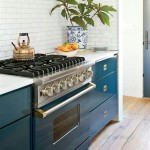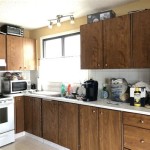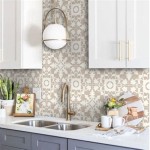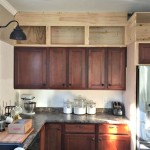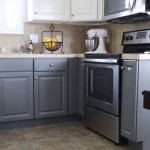Essential Aspects of Containers for Kitchen Cabinets
Containers for kitchen cabinets play a crucial role in organizing, maximizing space, and maintaining the functionality of any kitchen. Understanding the essential aspects of these containers is paramount for creating an efficient and aesthetically pleasing storage solution.
This article delves into the key considerations when choosing containers for kitchen cabinets, providing insights into their material, type, size, shape, and accessories. By comprehending these factors, you can select containers that enhance your storage capabilities and elevate your kitchen's overall functionality.
Material
The choice of material for kitchen cabinet containers is crucial as it affects their durability, ease of cleaning, and aesthetics. Popular options include plastic, glass, metal, and wood. Plastic containers are lightweight, affordable, and easy to clean, while glass containers provide visibility and are ideal for storing dry goods. Metal containers are durable, hygienic, and can be magnetic, allowing for convenient storage on cabinet doors or walls. Wood containers offer a warm, natural look and can enhance the overall ambiance of your kitchen.
Type
The type of container refers to its design and intended purpose. Common types include airtight containers, stackable containers, drawer organizers, and lazy Susans. Airtight containers are ideal for preserving dry goods and preventing spoilage, while stackable containers maximize vertical space. Drawer organizers compartmentalize drawers, facilitating easy access to utensils, spices, and other small items. Lazy Susans provide rotating storage, making it convenient to access items from corner cabinets.
Size and Shape
The size and shape of containers should align with the available cabinet space and the items you intend to store. Consider the height, width, and depth of your cabinets and choose containers that fit comfortably without overcrowding. Round, square, or rectangular containers can be utilized to optimize space and create a cohesive look. Tall, narrow containers are suitable for storing spices or oils, while wide, shallow containers are ideal for storing baking supplies or cooking tools.
Accessories
Accessories such as lids, labels, and dividers can further enhance the functionality of kitchen cabinet containers. Lids prevent spills and contamination, while labels help identify contents, ensuring easy retrieval. Dividers create compartments within containers, enabling organized storage of different items. Drawer liners, non-slip mats, and shelf risers can also contribute to efficient organization and prevent items from shifting or falling.
In Conclusion
Choosing the right containers for kitchen cabinets is essential for creating an organized, functional, and visually appealing storage solution. By considering the material, type, size, shape, and accessories, you can select containers that optimize space utilization, facilitate easy access, and enhance the overall efficiency of your kitchen.

Kitchen Cabinet With Oxo Containers S Organization Pantry

How To Organize Kitchen Cabinets

How To Organize Your Kitchen Cabinets Step By Project The Container

Organized Pantry Ideas For Kitchen Cabinets Food Storage Containers And Jars Your Labels An Organization Diy S

Kitchen Cabinet Organizers 11 Free Diy Ideas Bob Vila

Organizing Baking Supplies Small Stuff Counts

40 Best Ideas For How To Organize Kitchen Cabinets

17 Of Our Best Kitchen And Pantry Storage Ideas For Busy Families Small Organization Drawers

Diamond At Organization Food Storage Container Organizer

Base Container Organizer Pull Out Cabinet Decora
Related Posts

